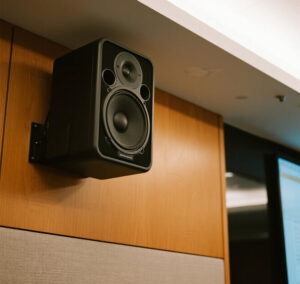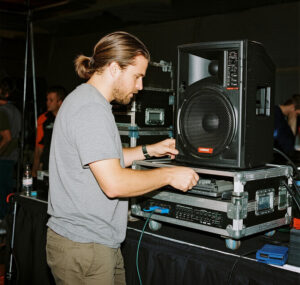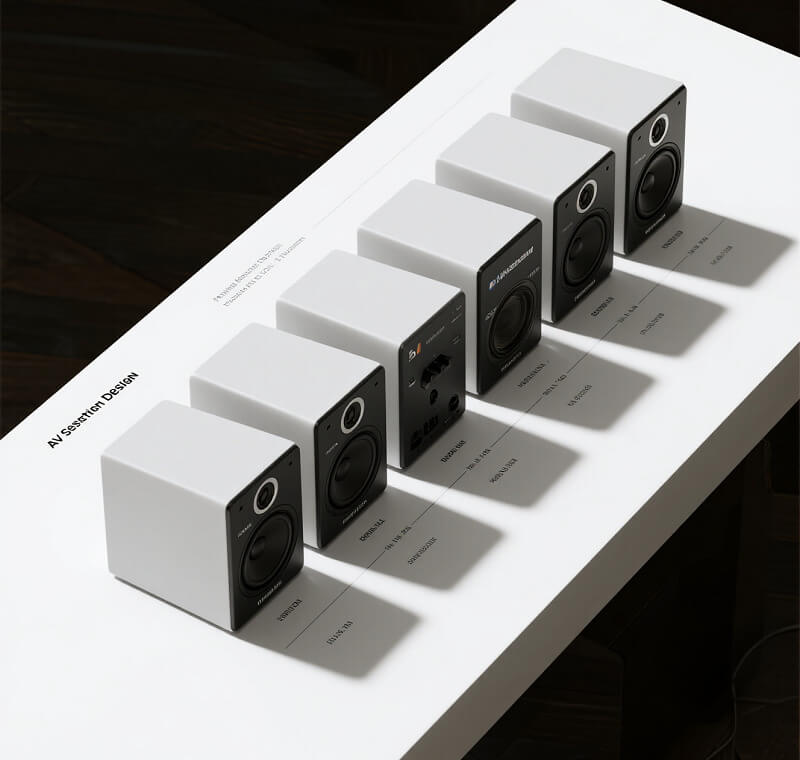In modern business and event management, sound quality plays a defining role in how messages are delivered and received. Choosing the right audio visual equipment supplier is not simply about buying devices—it is about finding a partner who ensures clarity, reliability, and audience engagement. For users investigating brands or services, especially in the field of speakers and sound systems, this guide explores what to look for, how to compare suppliers, and why your choice will shape the success of every presentation, meeting, or live event.
Understanding the Role of an Audio Visual Equipment Supplier

An audio visual equipment supplier is not limited to selling projectors or screens. Their responsibility includes:
- Delivering professional-grade speakers, amplifiers, microphones, and sound systems.
- Designing installations that optimize acoustics for conferences, classrooms, or concert halls.
- Offering continuous maintenance and troubleshooting services.
- Advising organizations on scaling AV systems as needs evolve.
In short, they are both providers and consultants, ensuring that sound systems and visual setups work seamlessly together.
Why Sound Quality Defines Supplier Value
The effectiveness of any AV system is measured by its audio quality. Working with the right audio visual equipment supplier ensures:
- Clear Communication: High-quality speakers reduce distortion and keep audiences engaged.
- Professional Impression: Businesses that invest in reliable audio systems build stronger credibility.
- Cost Efficiency: Durable sound equipment minimizes long-term expenses.
- Adaptability: A supplier with versatile solutions can support both small meetings and large-scale events.
Poor speaker quality, on the other hand, creates misunderstandings, frustration, and lost opportunities.
Factors to Consider When Selecting a Supplier

1. Speaker and Sound System Range
A capable supplier should provide multiple speaker options—portable speakers, wall-mounted units, ceiling speakers, and large venue sound systems. The variety ensures flexibility across industries.
2. Integration with Visual Equipment
Speakers must synchronize with projectors, LED panels, or conferencing systems. Ask suppliers about their experience in audio-visual integration.
3. Technical Support
When issues arise, immediate technical support is essential. The best suppliers offer fast response and trained technicians.
4. Brand Partnerships
Suppliers aligned with reputable sound brands often deliver higher-quality products. Investigate which speaker brands they distribute.
5. Transparent Pricing
Request detailed quotes to avoid hidden fees. Long-term service packages can be more cost-effective than one-time purchases.
Comparing Brands and Services
When comparing an audio visual equipment supplier, look at:
- Speaker Quality: Durability, frequency response, and clarity.
- Installation Options: Whether they handle wall-mounted or suspended speaker systems.
- Training: Do they provide guidance on how to use and maintain sound equipment?
- Flexibility: Availability of rentals versus purchases.
By focusing on speakers as a core feature, businesses can ensure that every audience experiences professional-grade sound.
Building Long-Term Supplier Partnerships
Reliable partnerships extend beyond a single transaction. A supplier that prioritizes speaker upgrades, acoustic adjustments, and long-term service contracts becomes an asset. Benefits include:
- Priority access to new sound technologies.
- Faster problem resolution.
- Consistent quality across multiple events.
This transforms the supplier into a trusted sound and AV advisor.
Common Challenges in Speaker Systems
- Inconsistent Sound Coverage – Solved by proper speaker placement and supplier guidance.
- Poor Durability – Avoided by choosing professional-grade equipment.
- Rapid Tech Evolution – Addressed by working with suppliers who innovate continuously.
- Complicated Setups – Simplified through professional installation and training.
Sustainability in Sound Systems
Many audio visual equipment suppliers now focus on energy-efficient speakers, recyclable materials, and reduced packaging waste. Choosing these options not only lowers costs but also demonstrates corporate responsibility.
Final Thoughts
Sound clarity defines how audiences connect with your message. Selecting the right audio visual equipment supplier—especially one experienced with professional speakers and sound systems—ensures reliability, quality, and long-term value. In 2025, businesses that prioritize speaker performance alongside visual technology will achieve stronger engagement and lasting impact.
FAQ
Q1: How do I evaluate a supplier’s speaker quality?
Request demonstrations, check frequency response ranges, and read customer reviews.
Q2: Should I buy or rent speakers for events?
Renting is cost-effective for occasional events, while purchasing is best for daily use.
Q3: What support should I expect for sound equipment?
Expect installation, maintenance, and repair services included in contracts.
Q4: How often should speaker systems be upgraded?
Typically every 5–7 years, depending on wear, venue size, and technological advancements.




Can you be more specific about the content of your article? After reading it, I still have some doubts. Hope you can help me. https://www.binance.com/fr-AF/register?ref=JHQQKNKN
I don’t think the title of your article matches the content lol. Just kidding, mainly because I had some doubts after reading the article. https://accounts.binance.info/sl/register-person?ref=I3OM7SCZ